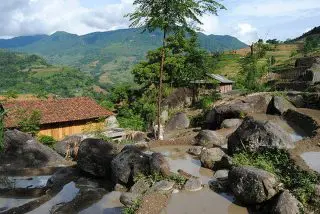
Xin Man, Ha Giang: What Makes This Region Special?
Xin Man district has a complex terrain, located in the upper Chay River mountain range, so it is mainly hills with steep slopes and divided by many streams.
Nestled at 148 Tran Hung Dao Street in Ha Giang City, Ha Giang Provincial Museum stands as a vital cultural hub, celebrating the rich history and diverse heritage of various ethnic groups in the northern highlands of Vietnam. Spanning over 4,000 m², the museum offers a two-story exhibition hall organized into four intriguing themes that allow visitors to delve into the cultural narrative of the region. As a prominent attraction, the museum provides a unique lens through which both locals and tourists can appreciate the historical milestones, ecological diversity, and the vibrant cultural practices that define Ha Giang. In this article, we will explore the museum’s exhibition themes, facilities, admission details, and visiting hours to give a comprehensive overview of what this cultural institution has to offer.
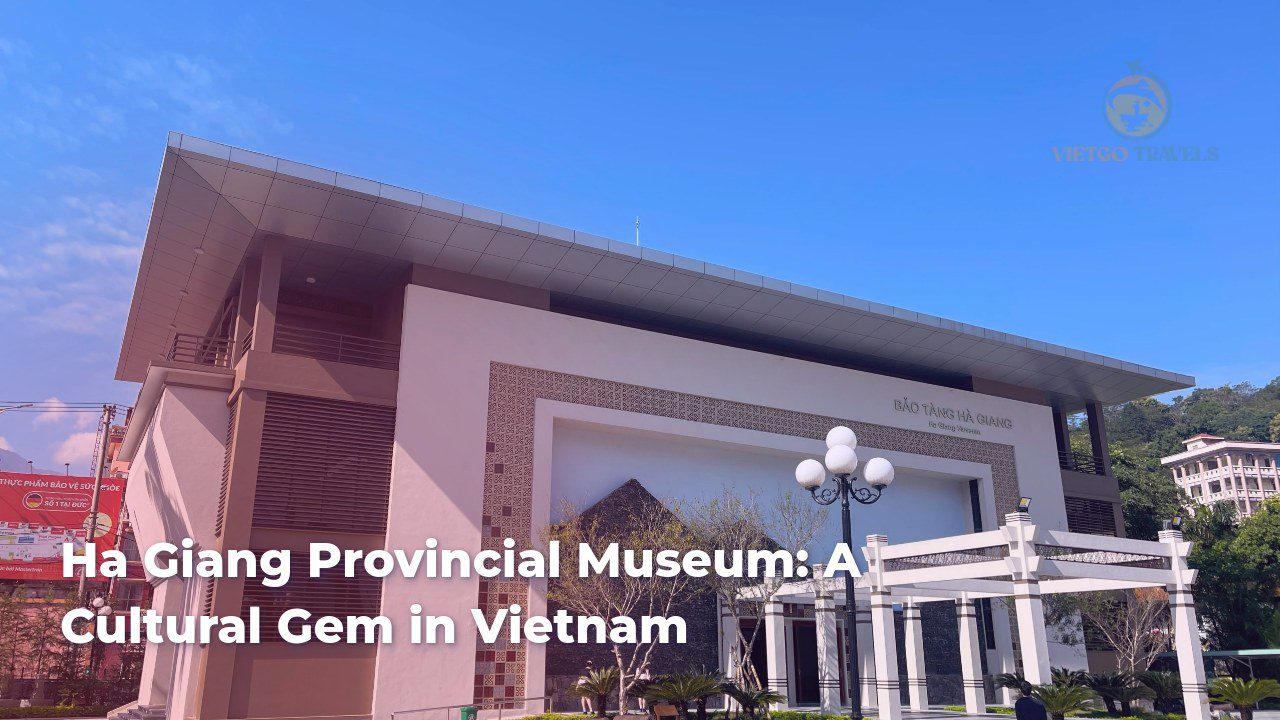
The exhibits at Ha Giang Provincial Museum are thoughtfully curated to present a cohesive story, engaging visitors in a multi-faceted exploration of the region’s identity.
The first theme, Ha Giang’s Historical Milestones, uncovers the geological and cultural history of the area. Visitors can connect with the past through fascinating exhibits featuring fossils from the Dong Van Stone Plateau, dating back approximately 500 million to 5 million years ago. Beyond the prehistoric artifacts, this section also sheds light on the migration patterns of various ethnic groups that have settled in the region over centuries. Key historical events, particularly the resistance against colonial forces, are elaborated upon, presenting a narrative that evokes a sense of pride and resilience among the local communities.
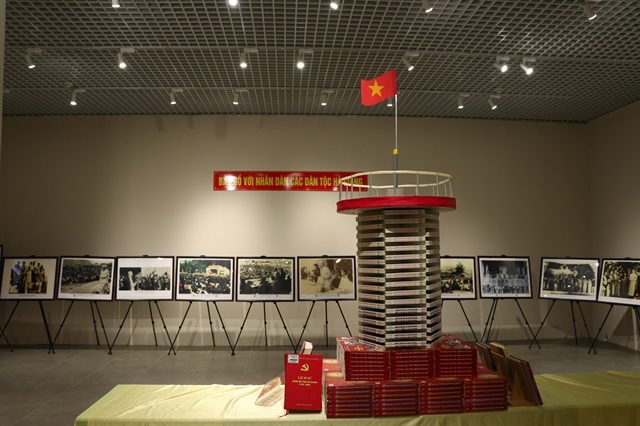
In the second theme, Three Ecological Zones, the museum exhibits the breathtaking natural beauty and ecological diversity of Ha Giang. This section employs interactive displays and audio-visual elements to showcase the region’s wildlife, providing an immersive educational experience. Visitors can learn about the unique flora and fauna that thrive in Ha Giang’s varied ecosystems, enriching their understanding of the environmental significance of this mountainous region.
The third section, Cultural Diversity, is particularly captivating as it highlights the unique traditions and practices of Ha Giang’s ethnic groups. Through vibrant displays, visitors can learn about enchanting festivals such as the Gau Tao Festival, alongside traditional crafts like flax weaving and handmade paper. Interactive screens and videos facilitate a deeper engagement with the cultural elements, ensuring an enriching experience that transcends mere observation.
Finally, the Creating a New Life section focuses on Ha Giang’s modern developments. Here, visitors can examine community initiatives aimed at modernization and growth within the region. A collection of aerial photographs and 360-degree images offers a contemporary perspective, allowing a comparison between past traditions and contemporary advancements. This thematic journey illustrates the ongoing transformation of Ha Giang, bridging history with a hopeful future.
The facilities at Ha Giang Provincial Museum enhance the overall visitor experience, making it more than just a passive exploration of static displays.
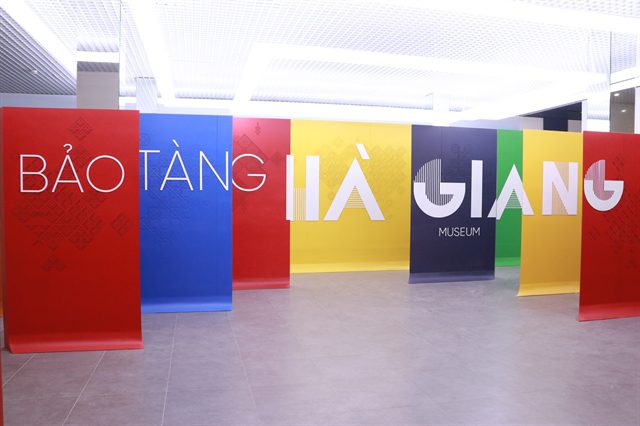
The museum features an outdoor exhibition area that complements its indoor displays, offering a natural setting that invites exploration. A traditional stilt house provides an additional layer of engagement, where interactive activities and folk games are organized, especially during weekends. This hands-on approach allows visitors of all ages to immerse themselves in local customs and traditions.
Admission to the museum is quite affordable, designed to encourage visitation from all walks of life. Here are the admission prices:
Additionally, several groups can access the museum free of charge, including individuals with severe disabilities, Vietnamese Heroic Mothers, students from ethnic minority schools, and children under 6 years old. Notably, a 50% discount is available for the elderly and those from economically challenged backgrounds, further emphasizing the museum’s commitment to inclusivity.
The museum is open from Tuesday to Sunday, providing visitors ample time to plan their trips. Specific hours for morning and afternoon visits, along with extended evening hours on Fridays and Saturdays, ensure flexibility for those looking to explore the cultural offerings of Ha Giang.
In summary, Ha Giang Provincial Museum stands not only as a repository of local history and culture but also as a vital resource for promoting sustainable tourism and education about the region’s diverse ethnic groups. For anyone traveling to Ha Giang, a visit to this museum is highly recommended. It offers invaluable insights into the area’s unique cultural fabric and historical significance, enriching the overall travel experience. Engaging with the exhibitions, participating in interactive activities, and appreciating the diverse narratives presented make the museum a must-see location that encapsulates the spirit of Ha Giang.

Xin Man district has a complex terrain, located in the upper Chay River mountain range, so it is mainly hills with steep slopes and divided by many streams.
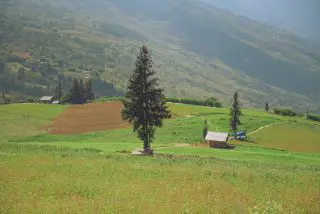
Venture into the untamed beauty of northern Vietnam with Vietnam Treasure and discover the magic of Suoi Thau Steppe. This captivating landscape offers a unique blend of cultural immersion and breathtaking natural scenery far from the bustling tourist trails.
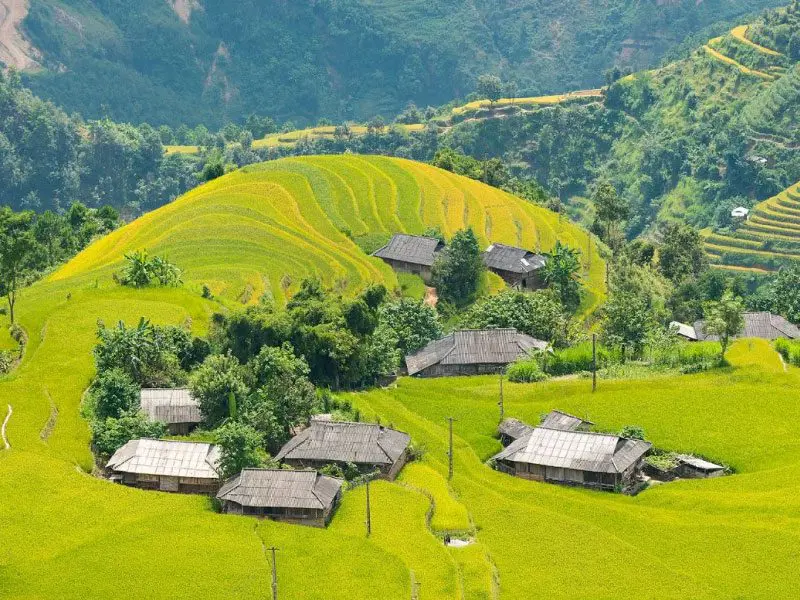
Nestled high in the mountainous region of Ha Giang, Phung Village (Ban Phung) is a hidden gem offering a glimpse into the authentic beauty and culture of Northern Vietnam.
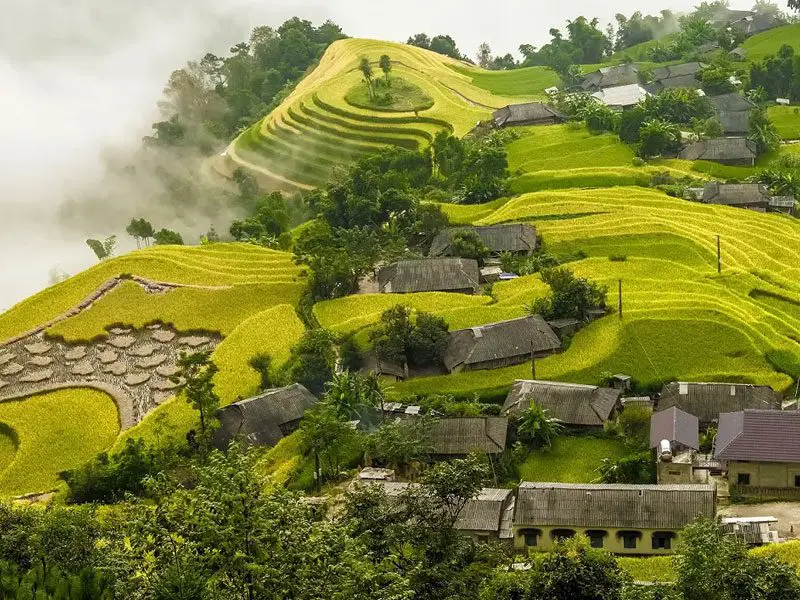
Stop at Thong Nguyen Village, and you will discover amazing beauty. This is a rugged and difficult mountainous area. Many people may think that nothing is interesting here. Join Vietnam Treasure to discover the beauty of Thong Nguyen Village.
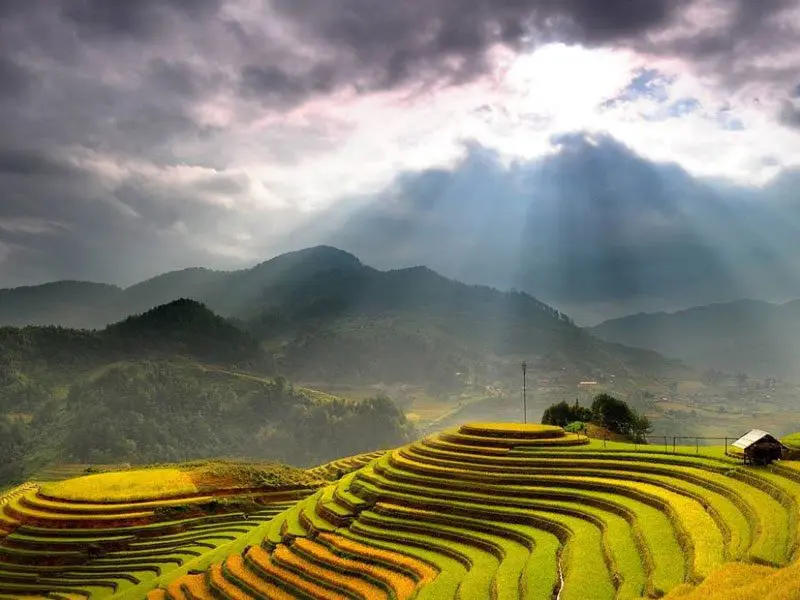
Its name, Hoàng Su Phì or Hoàng Thụ Bì, means “the yellow bark” in the Hmong language. It indicates the woods of weeping cypress, which is a local specialty.
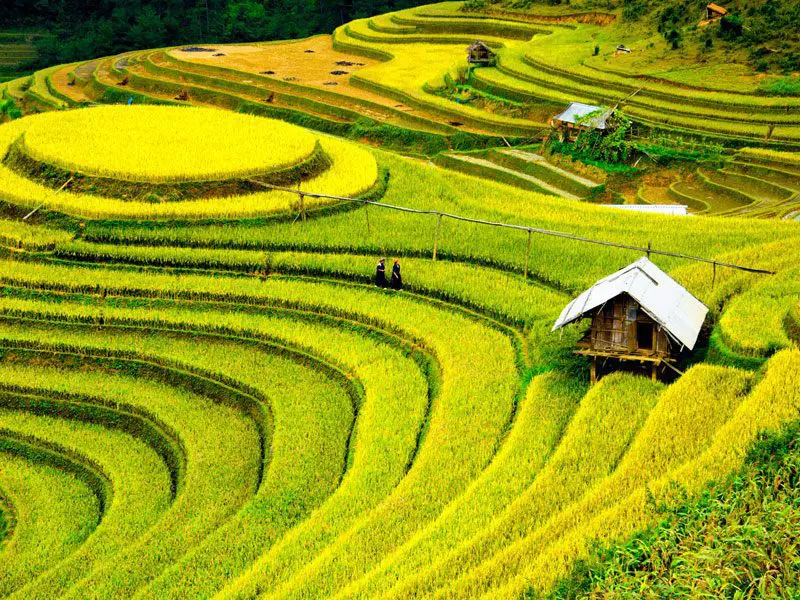
Hoang Su Phi terraced fields possess an undeniable charm, creating a mesmerizing scene—journey to Ha Giang with Vietnam Treasure to witness the brilliant golden rice harvest season. Although present in many countries, especially in Southeast Asia, terraced fields in Vietnam are deeply associated with the traditional agricultural activities of many ethnic groups in the northern mountainous region, such as the H’Mong, Dao, Nung, La Chi and Ha Nhi.
Tu San Canyon (Mèo Vạc district), the deepest canyon in Vietnam. It has a depth of about 800 m, a length of 1.7 km, and cliffs that slope 70° to 90°.
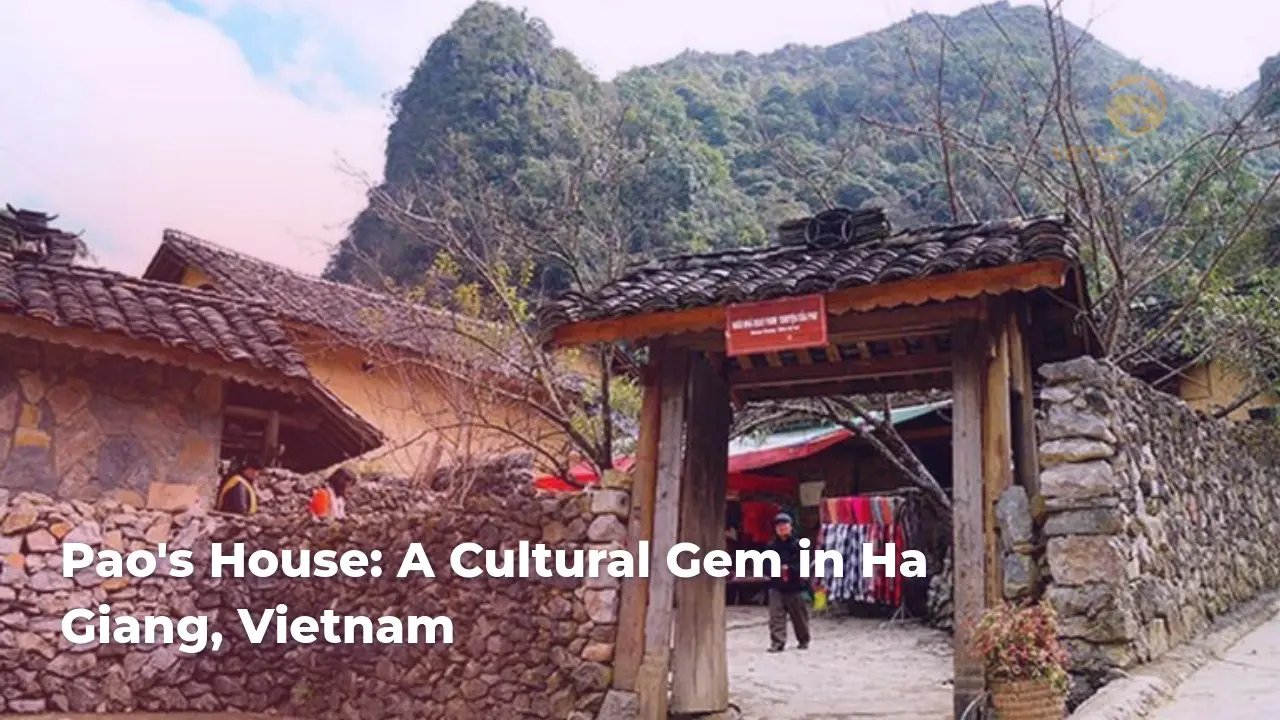
Discover the charm of Pao’s House, Ha Giang. Dive into local culture and scenic beauty. Plan your adventure now!
Copyrights @2025 Vietgo Travels. Terms and Conditions Privacy Policy
Hotline
+84 855 452 888 (Viet Nam) / +1 (206) 665 3090 (US)
Email: [email protected]
Website: www.vietgotravels.com
Head Office:
No. 23 Lo Su Street, Hoan Kiem District, Ha Noi, Viet Nam.
Viet Nam’s branch:
No. 35 Hang Quat Street, Hoan Kiem District,
Ha Noi, Viet Nam.
US:
831 41st Pl, Everett, WA 98201, USA